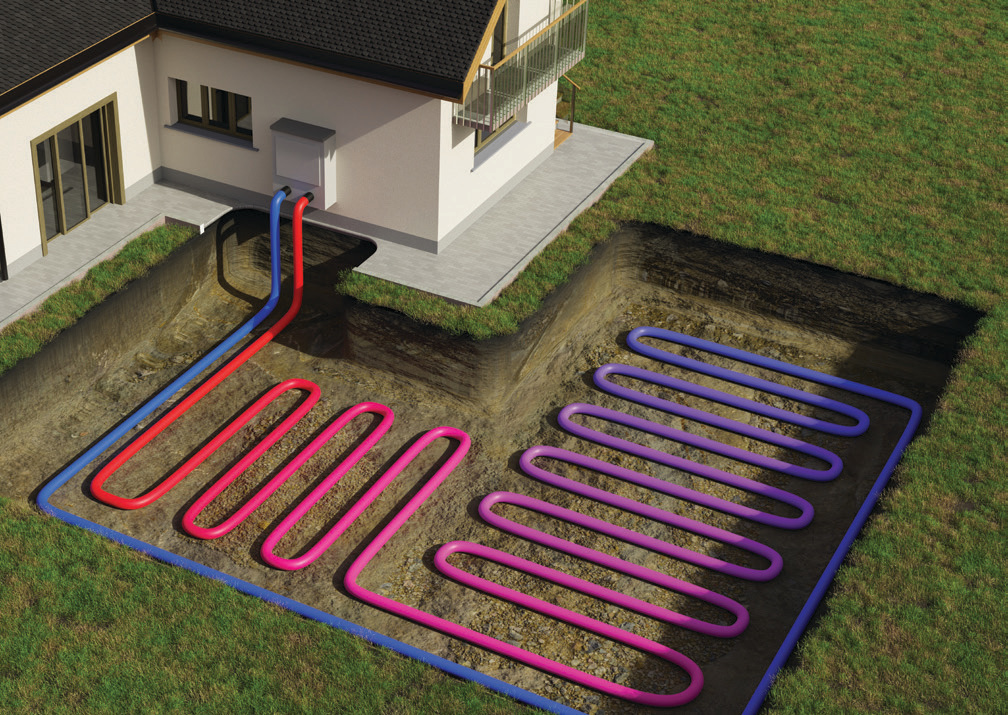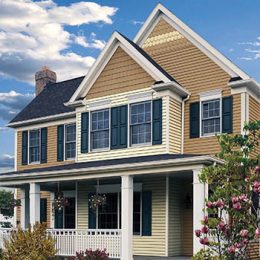“Well, you could have a geothermal heat pump, but…”
YOU NEED A BUNCH OF LAND
As one old-timer said, “If you have a lawnmower, then I can put in a geo unit.” With numerous options for the underground loop systems, that’s true. A vertical loop is often installed under driveways or even 10-foot by 10-foot patches of ground. There are many other options, including using an existing water well or a pond, or if you have more than half an acre, a long horizontal ditch is a great solution. If you Google “ground heat exchanger options,” you will find various solutions that might work for you.
IT ISN’T SAFE
Since geothermal heat pumps are 100% electrical, there is no combustion of gas or oil in the home for heating. So, there’s no chance of smelly fumes, explosions, or carbon monoxide poisoning. Because heat pumps are certified by independent laboratories, they include safety cutoff switches for every circuit in the system.
ELECTRIC HEAT IS EXPENSIVE TO OPERATE
Some geosystems are installed with electric strip heat for extreme cold weather. And yes, that can add to your electric bill. However, modern systems are designed to operate without backup heat down to extremely low temperatures. And if your underground system (the loop) is sized right, no backup heat is needed.

IT’S TOO EXPENSIVE TO INSTALL
Installing geothermal heating and cooling for your home or building is an investment, no doubt about it.
Geosystem owners quickly realize their systems save so much money that they recoup their investments in five to seven years. With the 30% tax credit and other incentives, geo can even cost less than installing a new boiler or HVAC system. Considering that the loop will outlive anyone alive today and that the heat pump will deliver twice the useful life of most alternatives makes for a much more attractive investment.
GARRETT KEISER is the certified energy advisor at Heartland REMC




